The Design-centric Manufacturing Model
Design...buzz word or core belief?
The very story of Shield’s founding is rooted in a design problem and solution—how do we showcase a new innovative product that was, at the time, living on a pair of sawhorses? When it was clear that no off-the-shelf option was going to fit the requirements, we went to work designing our own solution. In the years since we started, many things have changed (for the better), but for us all things start and end with the product experience.
We talk about ‘design’ a lot, but what we really mean is Design. More than just the way a product looks, Design pushes us to think about how it functions, how it will be shipped or installed, and how the product will age and wear. We didn’t invent this line of thinking. Charles and Ray Eames used this model for their design—the best, for the least, available to the most.
"The real questions are: Does it solve a problem? Is it serviceable? How is it going to look in ten years?"
—Charles Eames
Making beautiful objects—objects that people want to have in their space, to live with and look at daily—is the very first step, a baseline or minimum expectation. What makes the product special, more than just a pretty piece of furniture, is when they are shipped sustainably, minimize waste, maximize the customer’s dollar, install quickly, and last forever…that’s Design.
What is good design?
We believe good design means bringing together two qualities equally; function and aesthetics. In our business it can be easy for concessions to be made to have a functional product. Whether it be due to pricing or time constraints, often companies end up choosing a product they may not love due to the functionality. At SHIELD, we know it's possible to have both.
We look at the products we design in a layered process, function drives the design, but aesthetics give it that cherry on top. The guts of a product are important, but you can keep those inner workings a secret to your consumers. There's lots of bad design everywhere, we're here to make sure that's not you.
How is our process any different?
We believe product development is all in the details. Prototyping isn't just a method of working; it's a discipline. None of us ever imagined we would be hardware experts but we grew naturally into the role due to it's necessity. For us, half of life is just showing up.
Our President, Stephen Hopkins, has laid out five aspects of SHIELD that make us who we are;
- Prototyping is critical to success
- SHIELD represents the future of American manufacturing
- Design is what sets us apart
- Try and risk being wrong
- We are manufacturing inspiration
From all of our work being done in house to creating based on what our clients fully want to see, SHIELD is the designers manufacturer. We work for you, not the other way around.
From small sketch to real deal
So we've told you how we're different, but how do we actually apply those principles? We know when an idea strikes, sometimes you just need to get it out, so sketches aren't always the cleanest. We don't need clean sketches to begin a design, we simply need an idea. With prototyping as our backbone, ideas can grow to become things we never imagined.
Here's just a few examples.
Monolith nightstand
The design team here was originally looking at an Italian-designed nightstand that was going to take months to deliver and wasn’t the right size. Our client sent us this sketch to see what we could do. We took their sketch, and after refining some details, created the nightstand they wanted at a larger size and lower cost than the off-the-shelf product they had originally selected
Ledge bench
A St. Louis company needed durable benches for a rooftop outdoor seating area they were creating. Of course, outdoor seating areas endure intense weather, and these benches were no different. We worked diligently to ensure our benches would withstand all kinds of weather, and we even created a prototype bench to stick outside for a while as a test. We designed a bench with signature corners that would promote water runoff and maintain its form and functionality in all types of weather.
We hold our designers in high esteem
To navigate and sustain a business where design is at the core of everything Shield does, we found that the normal business model just wasn’t for us. In a traditional organizational set up, Design is a department or a silo; either they are incorporated into engineering or they’re a group that the manufacturing floor thinks of as a thorn in their side, chasing down big ideas and small details.
For us, Design is the literal and figurative core of the company. We were founded by a designer, so our roots run deep and we take Design very seriously. We know that good design is good business, which is why we made the conscious decision to have our designers lead our projects. By eliminating project managers and bringing our designers into conversations early, our projects run more smoothly and clients get the exact product they imagined.
Our designers aren’t your neighbor who is constantly redecorating their house. Our team consists of professionals—mostly architects—who confidently lead early sales conversations, and when a project is won, they stick with it. Our clients can trust they won’t be playing games of telephone (hoping their vision reaches the right ears in-tact) or hot potato (trying to keep track of who their contact is for their project, as it gets passed from sales to project management to whoever).
When everything about our business is focused on Design, why should it be ‘managed’? Our team of designers are here to take your project from ideation all the way through installation, all without ego or preconceived notions. Our client / designer relationships are a partnership. Our team loves a challenge, and we love developing great ideas together.
At SHIELD we believe innovation is not a process to be implemented, but instead a belief that is embodied in your culture and your people.



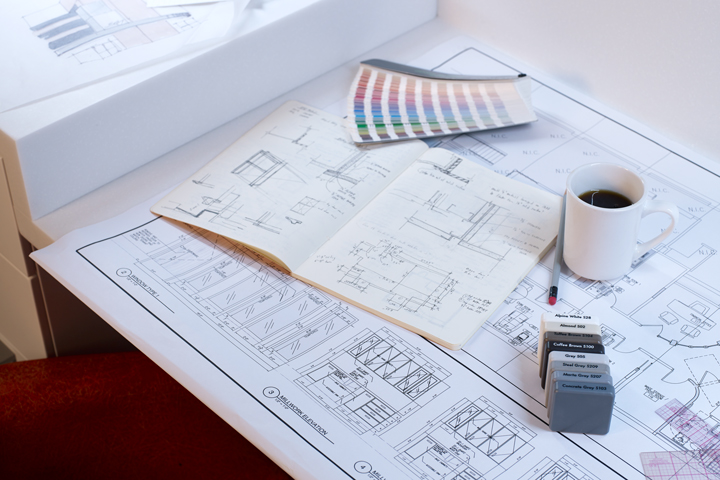
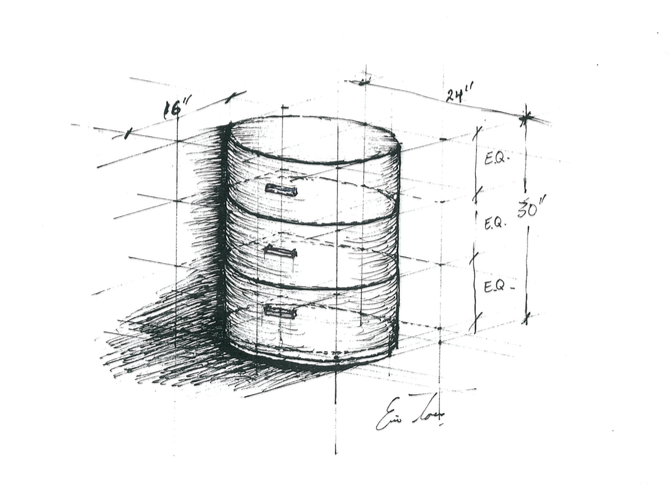
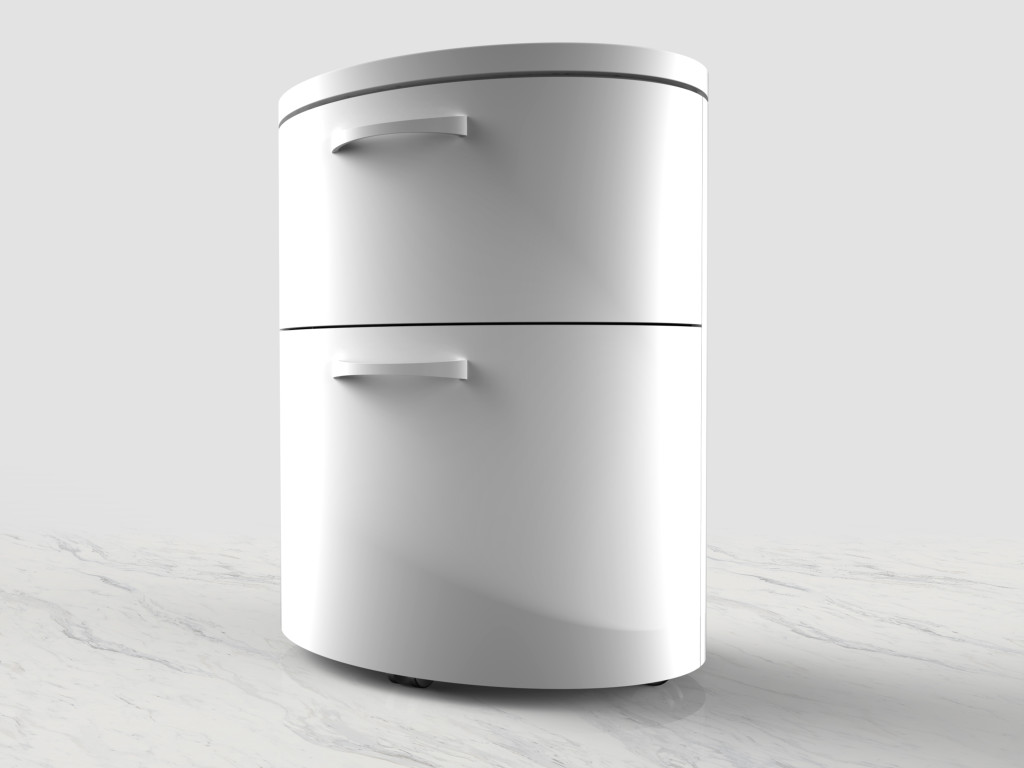
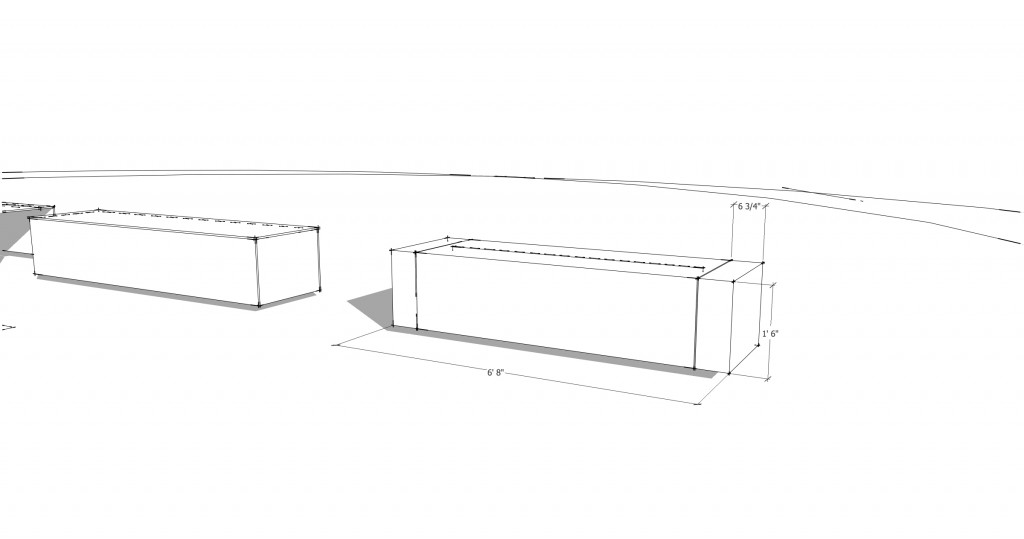
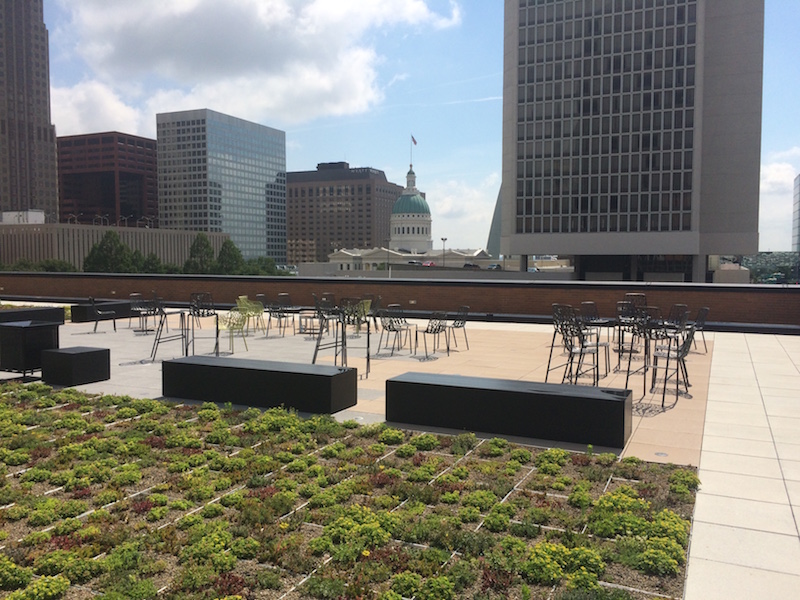
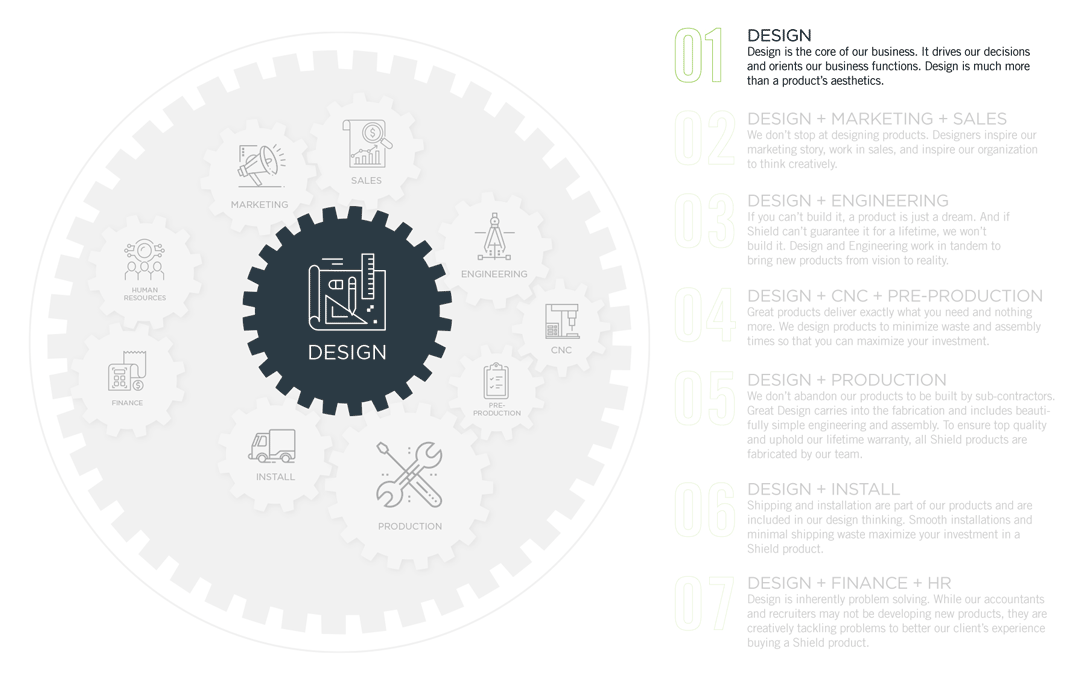
Sorry, the comment form is closed at this time.